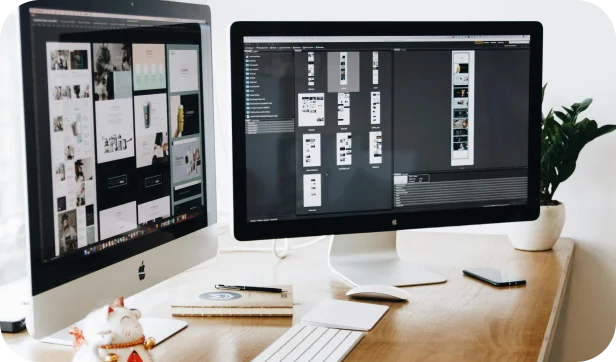If you care about your website’s speed and image quality, you’ve probably heard about image formats like WebP and AVIF. While both are better than older formats like JPEG and PNG, AVIF is quickly becoming the smarter choice. Here’s why.

Smaller File Sizes
AVIF files are usually much smaller than WebP files—sometimes by 20-50%. This means your pages load faster. Users notice. A site with AVIF images often feels snappier, especially for image-heavy pages. Smaller files also mean less bandwidth use, which can save money and resources.
Better Image Quality
AVIF can keep more detail at the same file size as WebP. It handles gradients, shadows, and high-contrast areas better, which means images look less “blocky” or washed out. Even at high compression, AVIF often looks clearer than WebP.
Modern Features
AVIF supports things like:
- Transparency (like PNG)
- HDR (high dynamic range) for richer colors
- Animation (like GIF/WebP)
WebP also supports some of these, but AVIF usually handles them with less file bloat.
Future-Proofing
Major browsers already support AVIF, and its adoption keeps growing. As websites and devices demand better performance and visuals, AVIF fits those needs better than WebP.
Downsides?
No format is perfect. AVIF encoding (making AVIF images) can be slower, and not every browser or tool supports it yet. But for most modern sites, it’s an easy upgrade, especially if you fall back to WebP or JPEG for older browsers.
In short:
If you want smaller files and better quality, AVIF beats WebP. It’s a simple way to make your site faster and your images look better. If your image tools and browsers support it, start using AVIF today.
